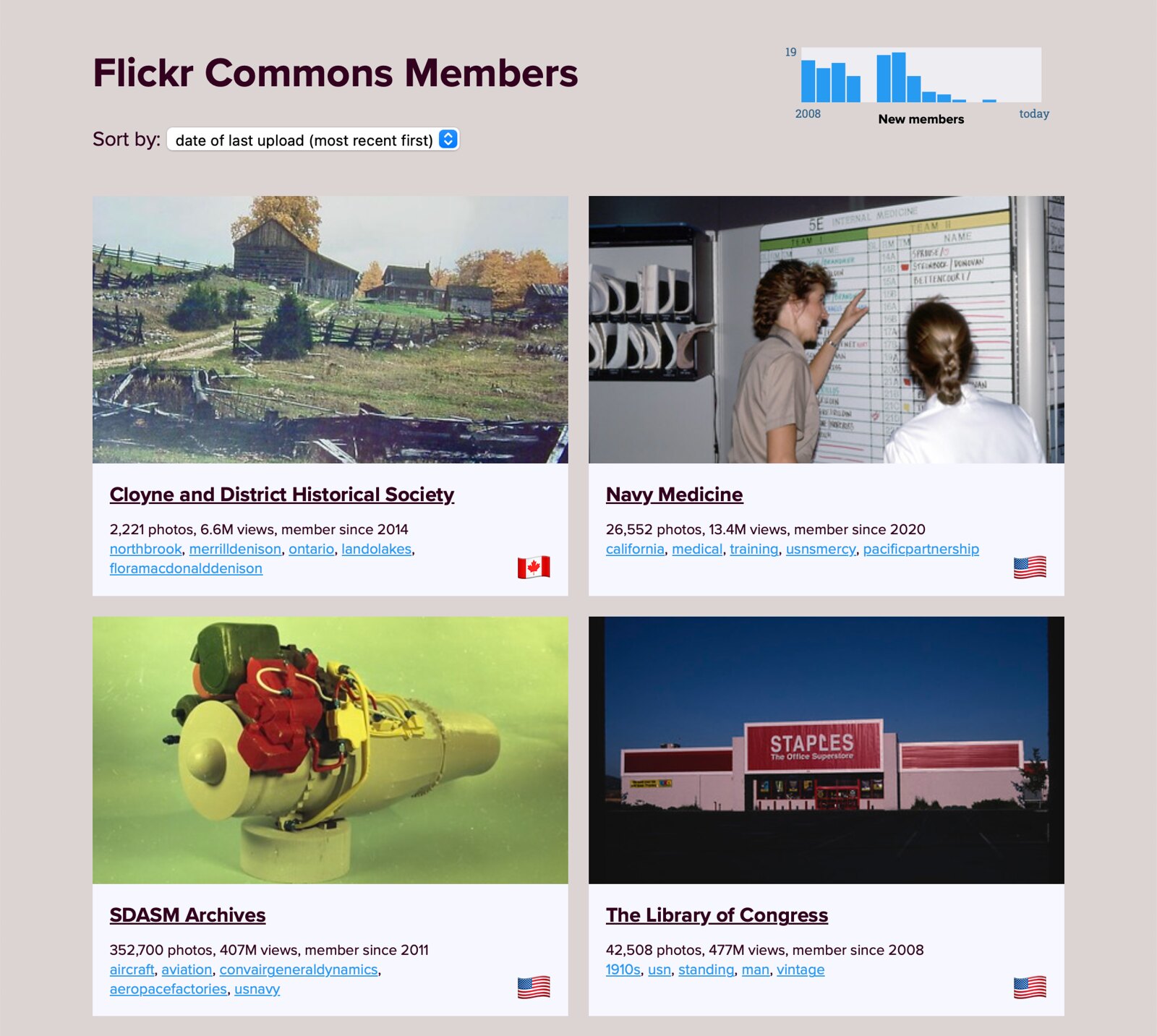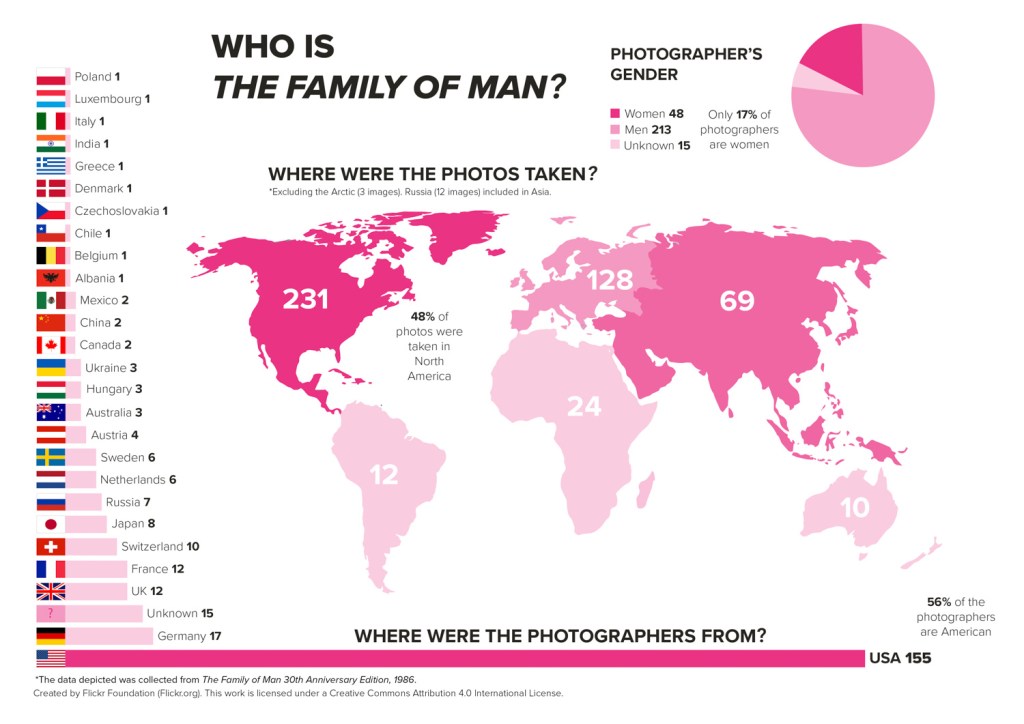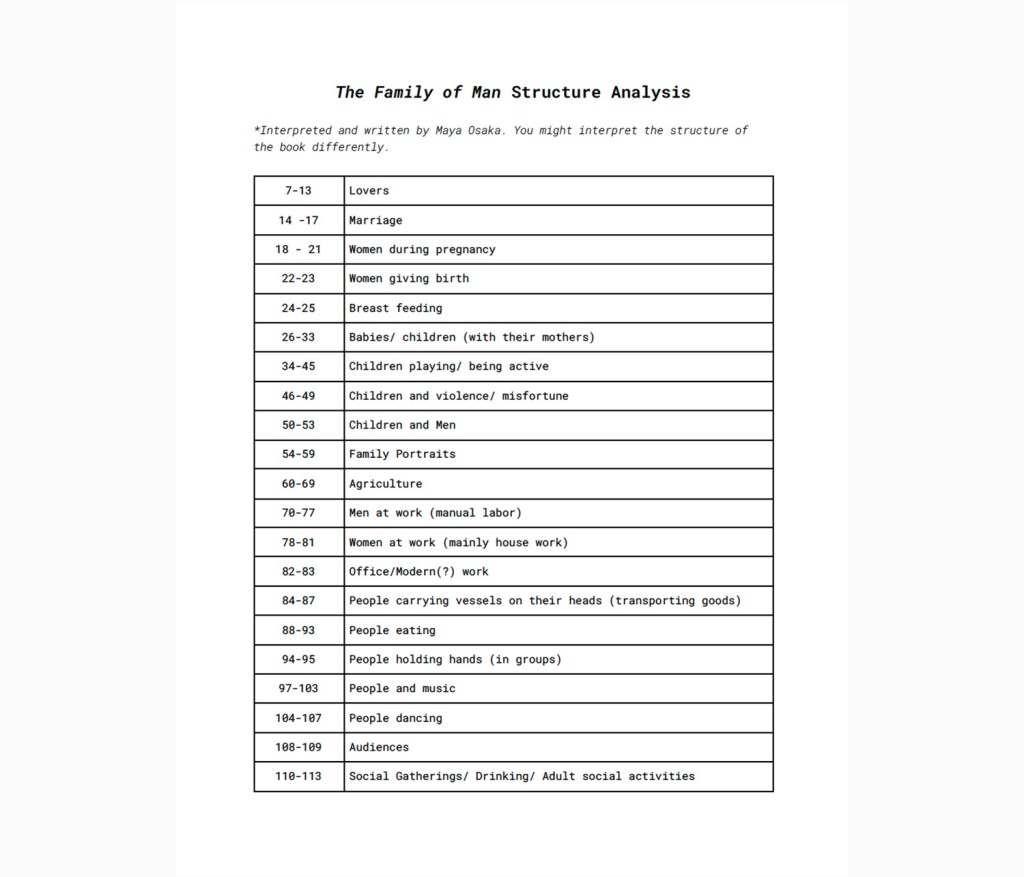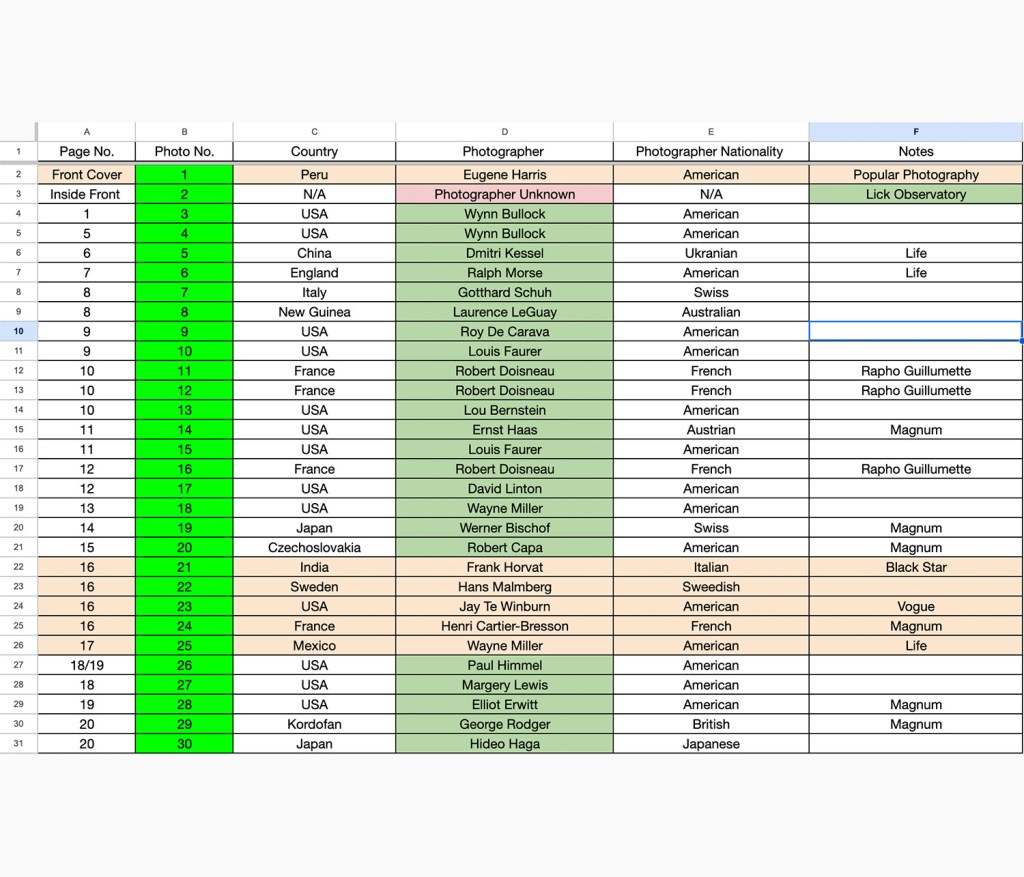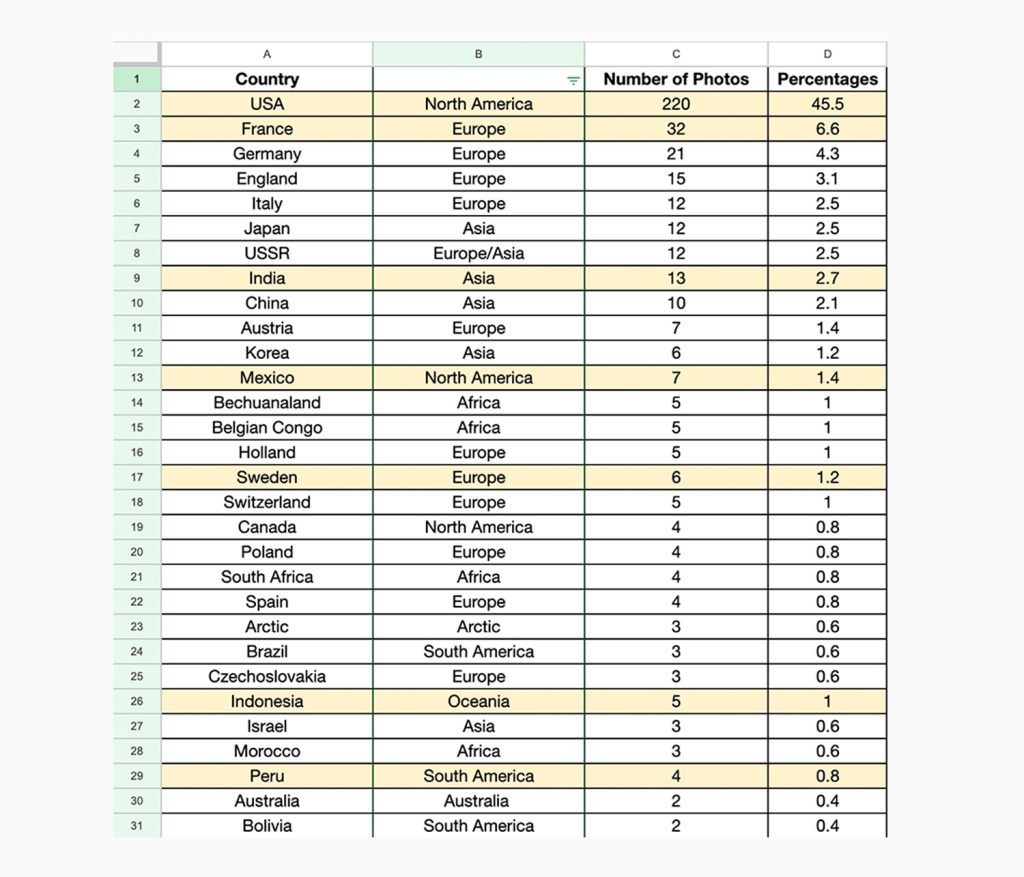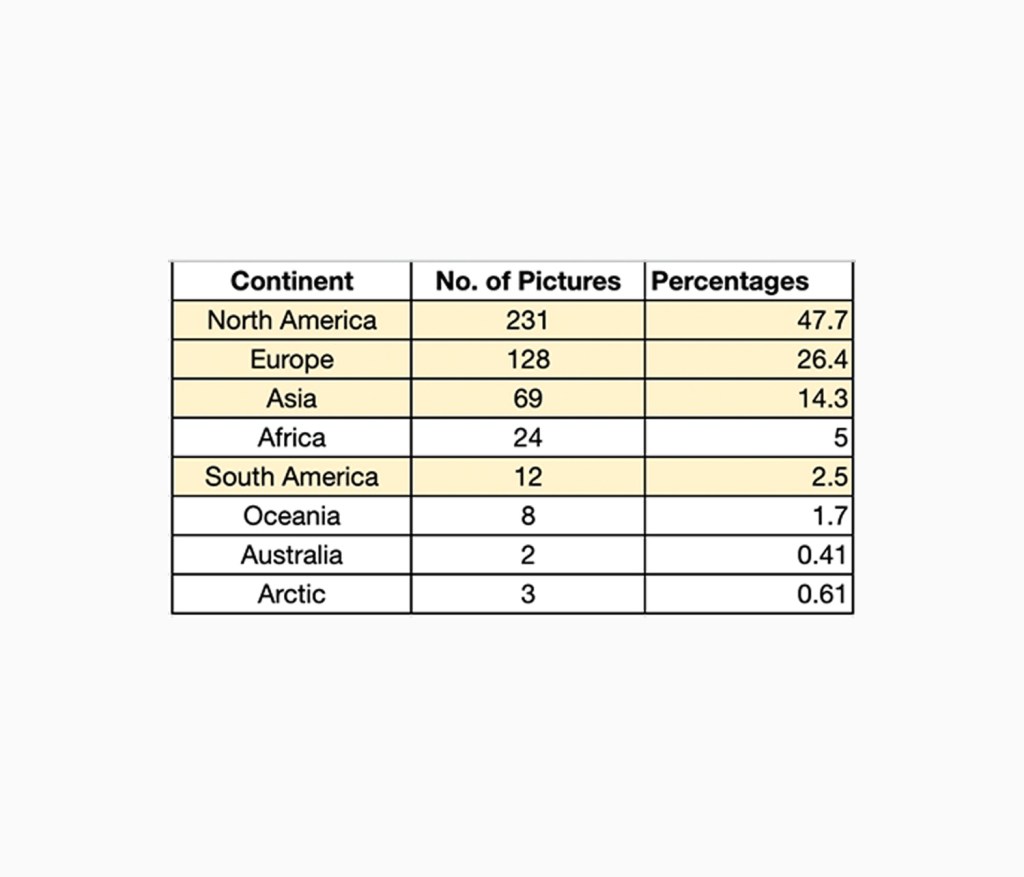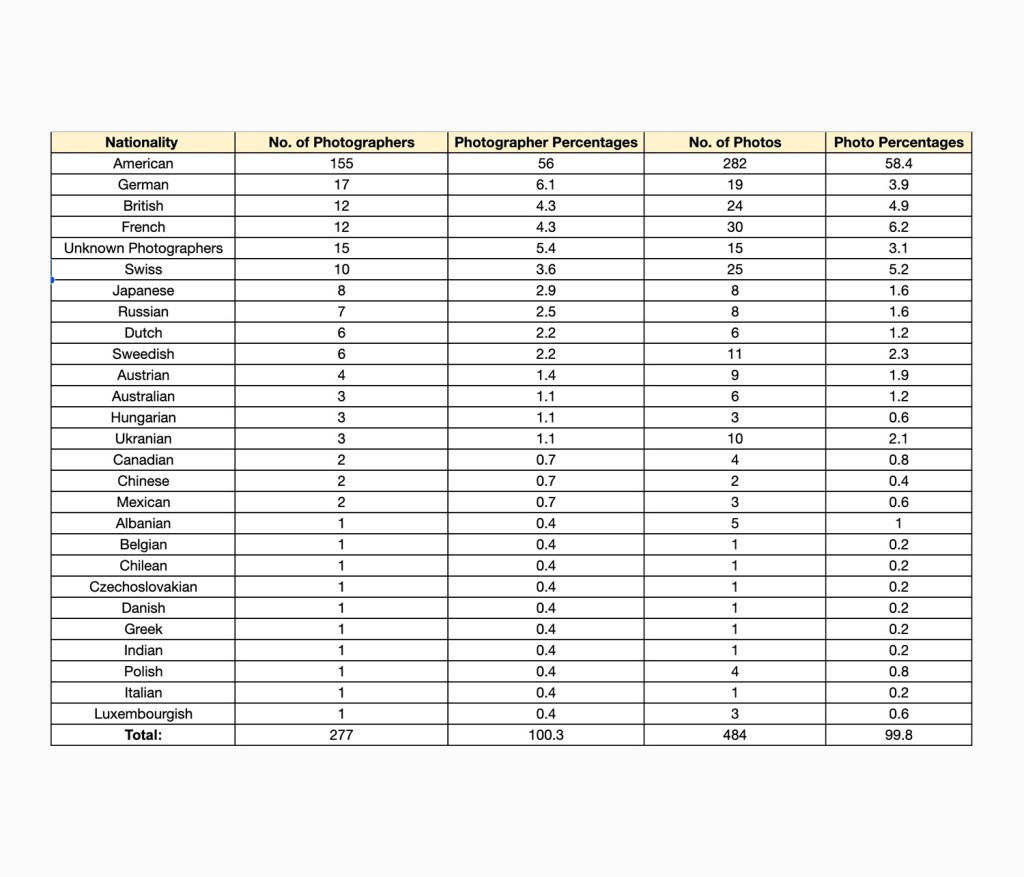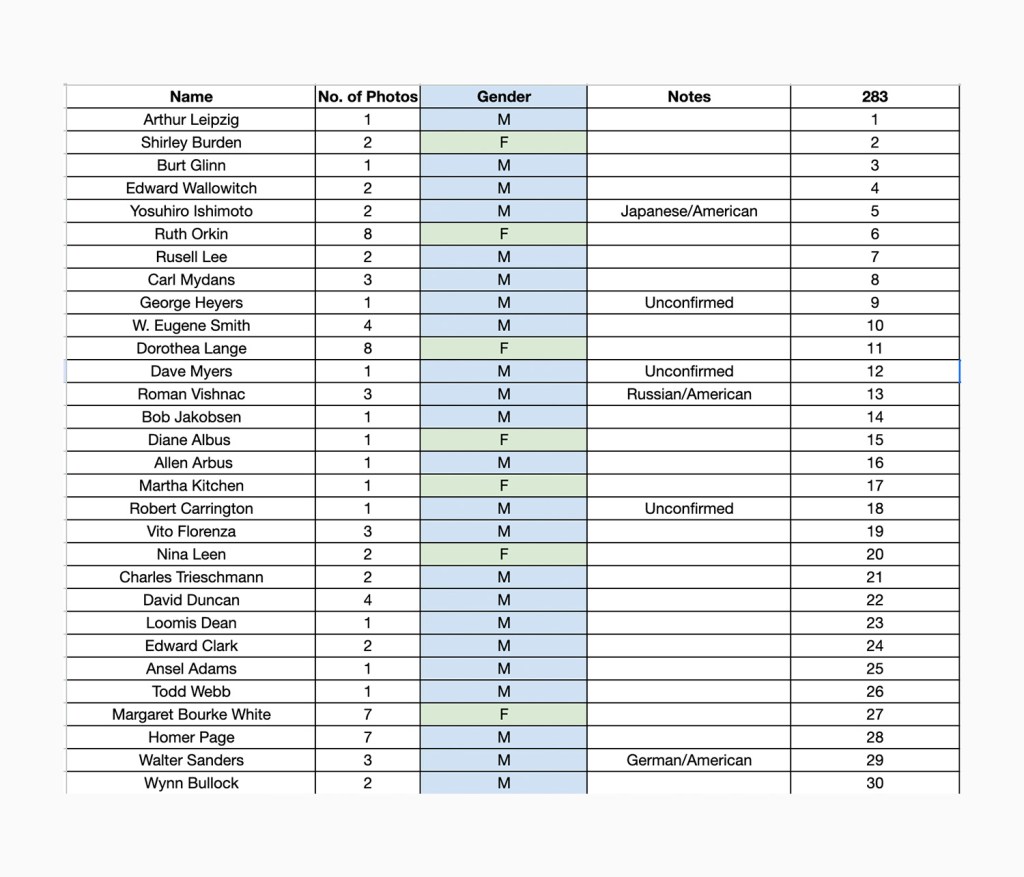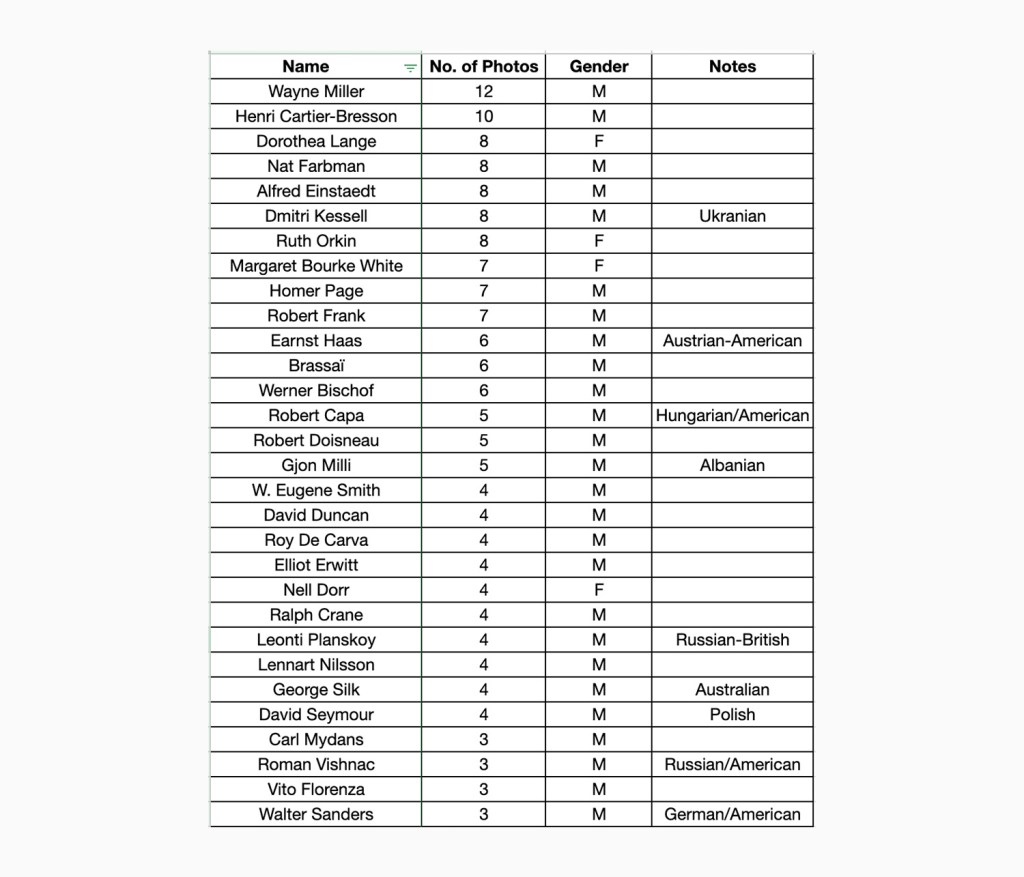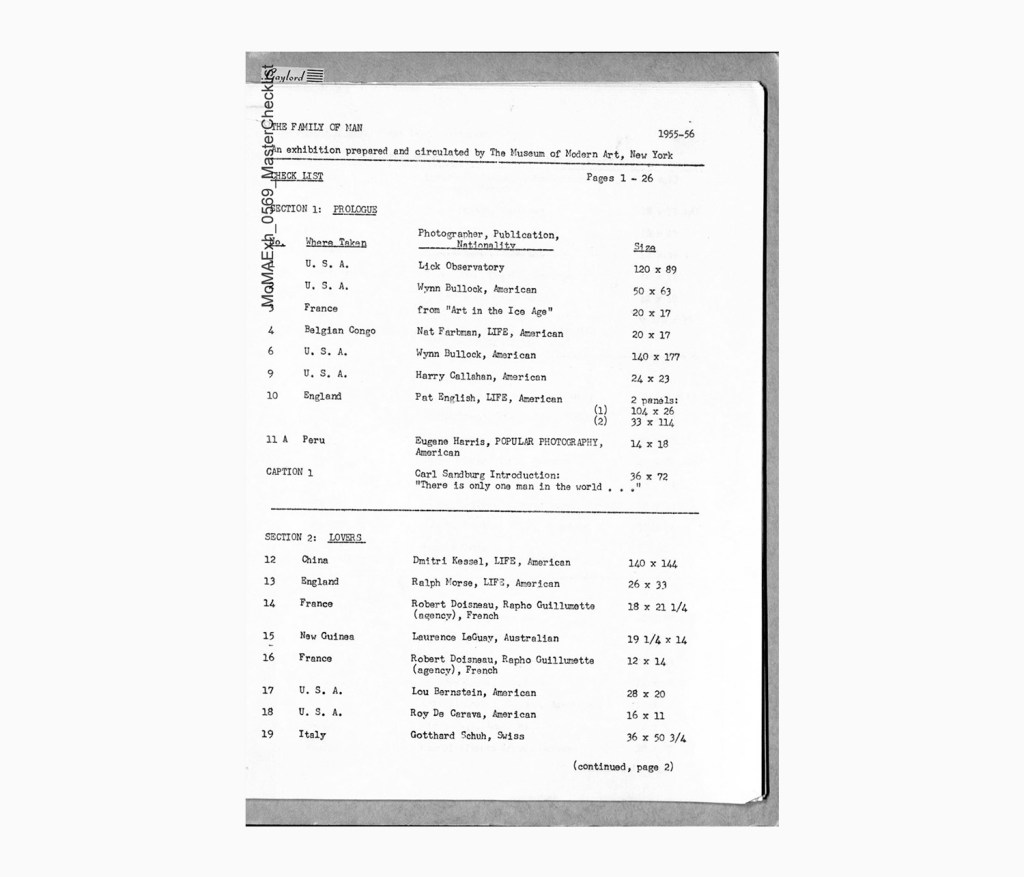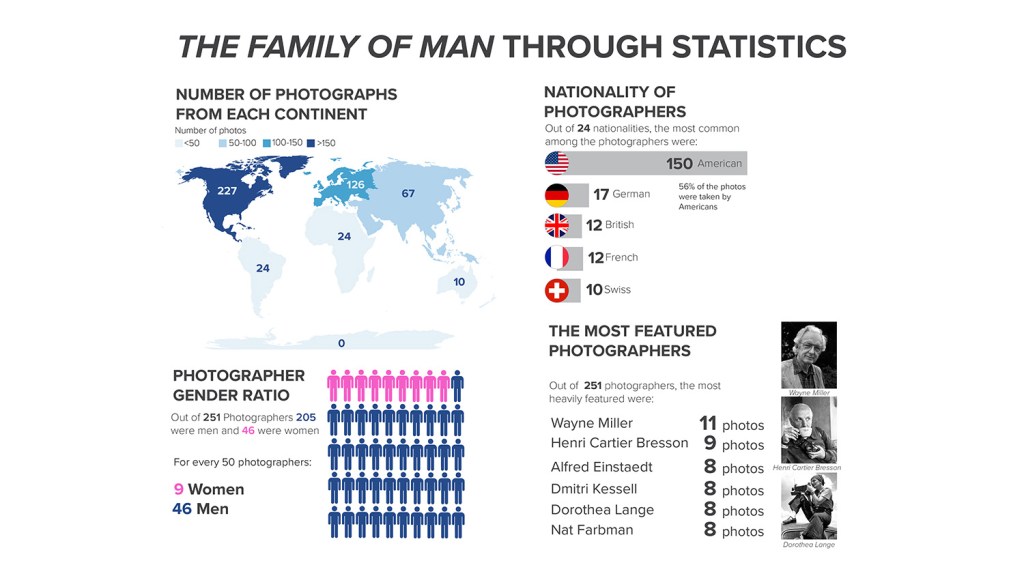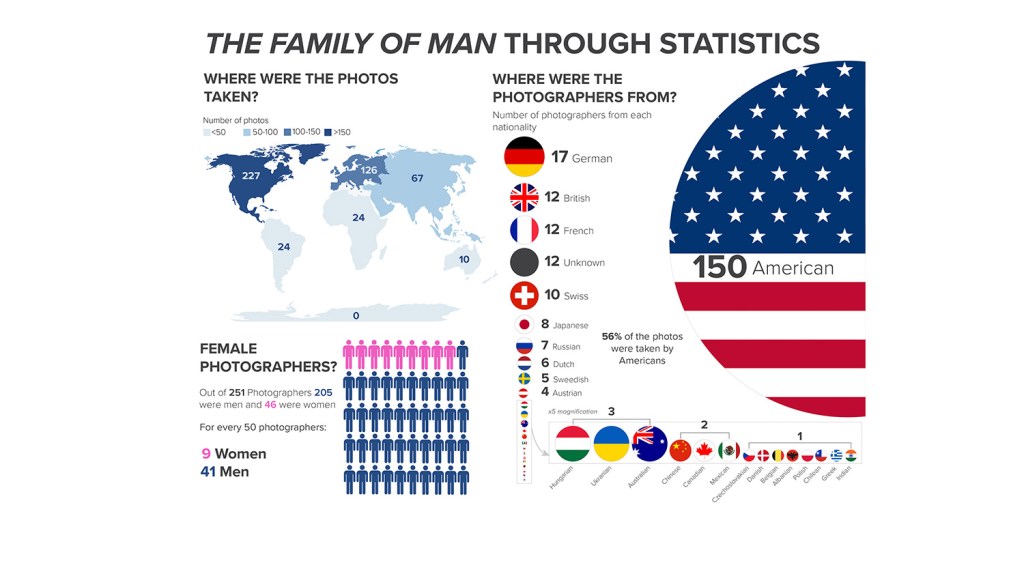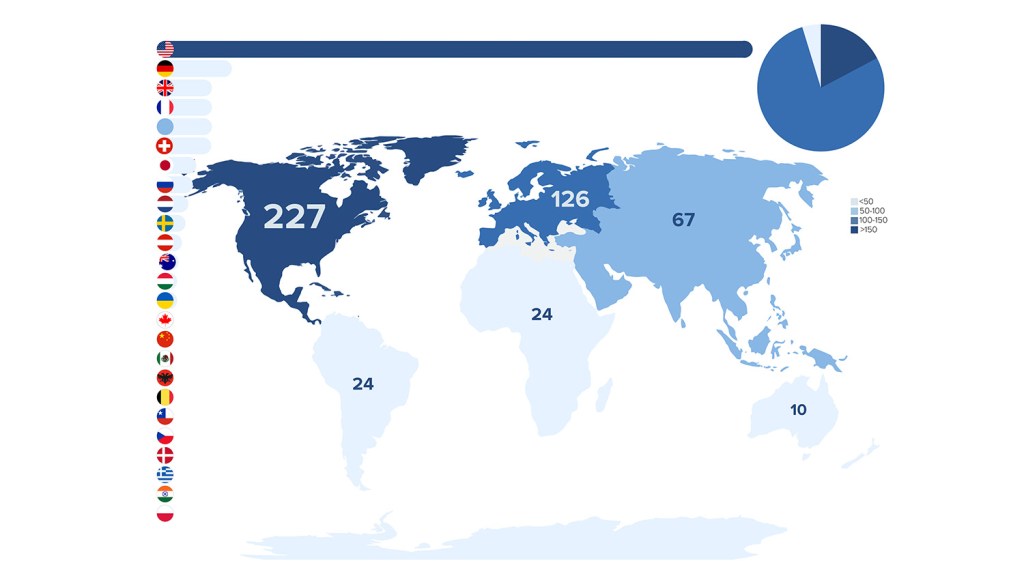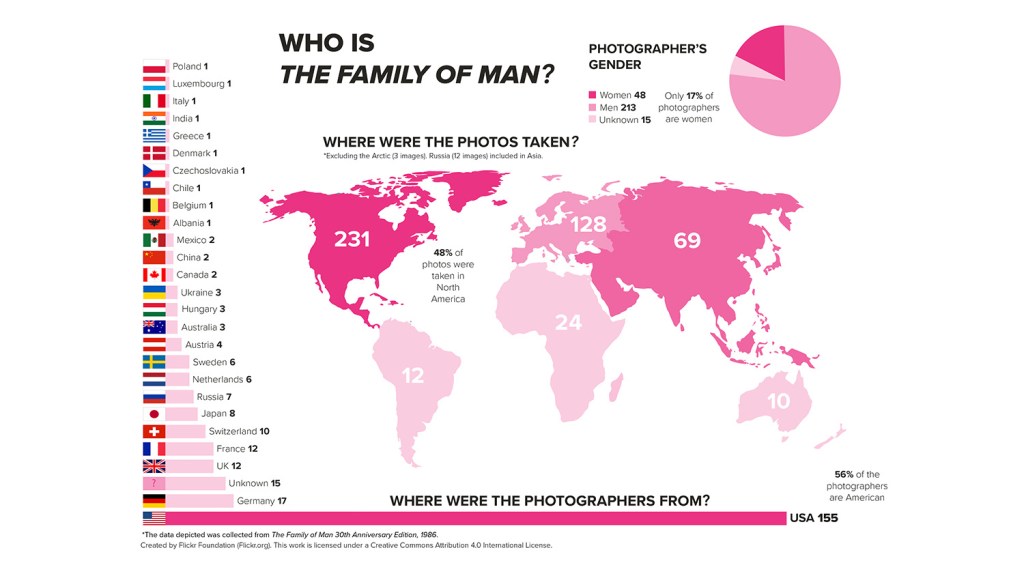New! Flickr Commons Explorer
commons.flickr.orgAt the Flickr Foundation, one of the goals we set early on when we took over responsibility for running the Flickr Commons program was to build an improved ‘discovery layer’ for the Commons collection.
We’re pleased to share with you a first look at our new Commons Explorer, available at commons.flickr.org.
We’ve built the explorer using the standard Flickr API, and have created a secondary database which is updated pretty regularly. (This is a way of us saying not all the data is live live.) And, please note that photos on display link back to flickr.com.
It’s a work in development, but we wanted to show you our progress in this early version. We’ve prioritized being able to look across the Commons in an interface that’s richer than search results. We’re surfacing activity levels across the collection too, to show that there’s a ton of chatting happening, and new uploads all the time.
The views we’ve built so far:
Home page
This is a list of recent uploads from across the Commons collection, and a sample of our members.
Members
This is a list of all the Flickr Commons members, which you can sort in different ways. We’ve set it to be sorted by the member with the most recent upload, so you’ll see active members at a glance.
Each member has their own page, where you can see their popular tags, interesting photos, and recent uploads.
Conversations
For the first time ever, you can enjoy catching up on the last week’s conversations about photos in Flickr Commons. You’ll see immediately the fantastic community that’s grown up around members like the National Library of Ireland’s photostream, and get to know some of the volunteer researchers inhabiting and contributing their time and detective skills to enrich the Commons.
Stats
Here we present activity across the collection, like uploading volumes, comments, and popular tags across the collection…
About
A simple static page which outlines what we’re doing. And finally…
Search!
We’ve made a bone simple search for the explorer too, so you can quickly see a splat of pictures about just about anything. Even with a few million photos, there’s a huge range of tagging and other description happening. Jump into London, pie, Istanbul, and smiles, or just look for the magnifying glass in the top right of the nav bar.
We hope you enjoy exploring, and, please let us know if you have ideas for how we can improve upon what’s there so far!
In other Flickr Commons news
We are working with the Flickr company to develop a new set of API methods the Foundation will be able to use to build the member management tools we need to really lean into rejuvenating the Commons and especially growing the new membership. If we can introduce 5-10 new members to the program this year, we’ll be stoked! More, we’ll be even stoked-er.
This will involve a new home for registrations of interest, and a smoother onboarding experience for new members as they come on board. Generally, we’re looking forward to new insights into the overall health of the program in the form of better views on activity (the beginnings of which you can see in commons.flickr.org).
If you are either from an existing member institution, or you’re curious about joining in and sharing your historical photography collections, please let us know.
In our early research back in 2021, we noted we wanted to get to know more of the volunteer community too, and see if we can learn about their needs for participating with research and commentary, and I’m pleased to report we’ve begun that, with our first interview with a prominent community member last week. (I was so excited I could barely talk, but Jessamyn wisely recorded the conversation and will be reporting on it soon.)


